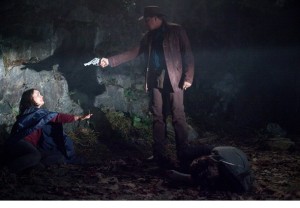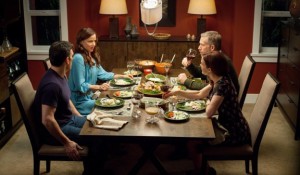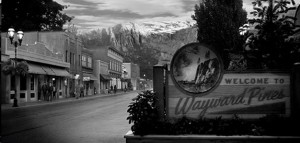Crit Group Management Techniques
By CaraMarie Christy
Every writing group should function differently based on its structure and goals, which can be anything from providing a professional setting for established authors workshopping their ideas to helping novice writers improve their craft. No writer attends a crit group to face pandemonium or demoralization, but many crit group experiences are wholly or partially dissatisfying. Although there is no set of universal guidelines that will provide solutions to every problem writers face in a workshop or state how exactly a critique group should be run, there are a few key procedures that will help bring order to chaos :
Appointing Leaders- Managing a critique group requires a writer willing to play “manager.” A group without a designated leader can find trouble in resolving conflict. It is rarely productive to consider everyone in the group as a “leader.” As the old saying goes, “Being leader-full is essentially being leader-less.” A leader of a critique group can also have a number of duties other than presiding over a meeting. These can be anything from figuring out when and where the group is going to meet next, to facilitating votes for deciding group objectives, and to filtering submissions from people looking to join the critique group.
For writers joining a critique group, they can discover that leaders have already been established. But writers that create new critique groups might consider founding members as candidates for leadership. In forming a new critique group, a leader should be selected based on availability and group consensus. A leader that is not available during most meeting times and cannot be present as an authority figure, despite any prowess they might possess in writing, will most likely hinder a group’s productivity.
Deadlines- Critique time should be spent equally on all members. That could mean giving each writer a specific day for receiving feedback or reserving time spots for each writer’s output to be workshopped. Writers should be prepared to either email or hand in hard copies of their work on days that they are assigned. Having a minimum and maximum word count on pieces to be critiqued can increase the group’s ability to keep within time constraints, without the risk of apportioning a writer too little or too much attention.
A Standard Time for Critiquing- Some pieces need more critiquing than others, but face the hazard of favoring or disfavoring members if they spend more time critiquing one writer than they do others. Having a timer on hand can keep members faithful to time constraints agreed upon by the group. A large piece of work could require more time than the critique group might have and a smaller one might barely take up any critique time at all. Below are rough estimates of word counts for a group to consider when deciding how long their meetings should be:
5000+ words = around 25 minutes
10000+ words = around 45 minutes
20000+ words = 1 hour to 1 hour and 15 minutes
50000+ words = around 1 1/2 to 2 hours
It is important to encourage equal use of this time by giving everyone a chance to share their notes. To promote this policy, members can implement a “no person speaks twice in a row” policy or engage those who are shy to participate by asking for their opinion regularly.
Breaks to “Cool Down”- There are times when critics might not agree on what is best for a piece. One person might like the piece in present tense and another in past tense. Studies show that both past and present tense have pros and cons, and that neither can be quantifiably identified as the “better” tense. In this example then, it is not an issue of who is right and who is wrong, but a matter of clashing ideologies.
Debate is healthy for a workshop, as it gives a writer a good sense of different readers’ expectations, but it is only productive if the writer’s final choice is respected. Conflicting advice is up to the writer to deal with; it is not up to the group members to hold lengthy debates until a “winner” is chosen. To avoid deliberations escalating into competition, a group should take short breaks when discussions become too heated, perhaps move on to a different piece for a moment or grab a snack in order to regroup their thoughts.
Percentage of Attendance- One last suggestion to manage a critique group is to hold writers accountable for attending, and participating in, a certain number of meetings. This ensures that writers are actively engaged in the group and that the group does not wither away. Writers can claim to be part of a critique group, and then never show up, for various reasons: they only want the group to look good on a resume; other obligations are preventing them from being able to participate; or they are unable to keep up with the amount of work that the group requires. In these cases, a leader should give the writer who is not fully participating a warning, and ask them to leave the group if attendance continues to be poor. Required attendance is by no means a punishment, but rather an incentive for writers to do what they joined the group to do– write!



